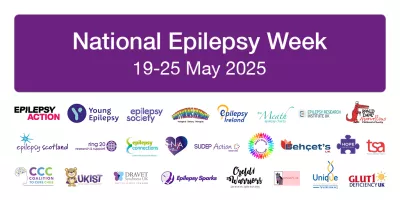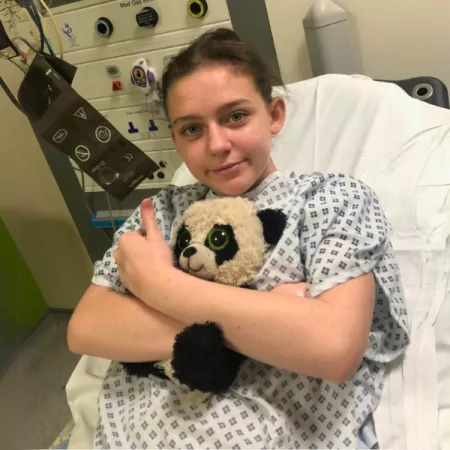National Epilepsy Week: Let's Talk About Seizures
Many people don’t understand epilepsy. They don’t understand the different seizure types, seizure triggers, treatments, or possible medication side-effects. This means they do not know how to help or how to keep you included. We plan to change that!
This #NationalEpilepsyWeek, we want to help people understand there are different seizure types, and everyone’s epilepsy is unique to them. Join the conversation and share your experiences with us this week in the comments or on our stories #UnderstandMyEpilepsy




